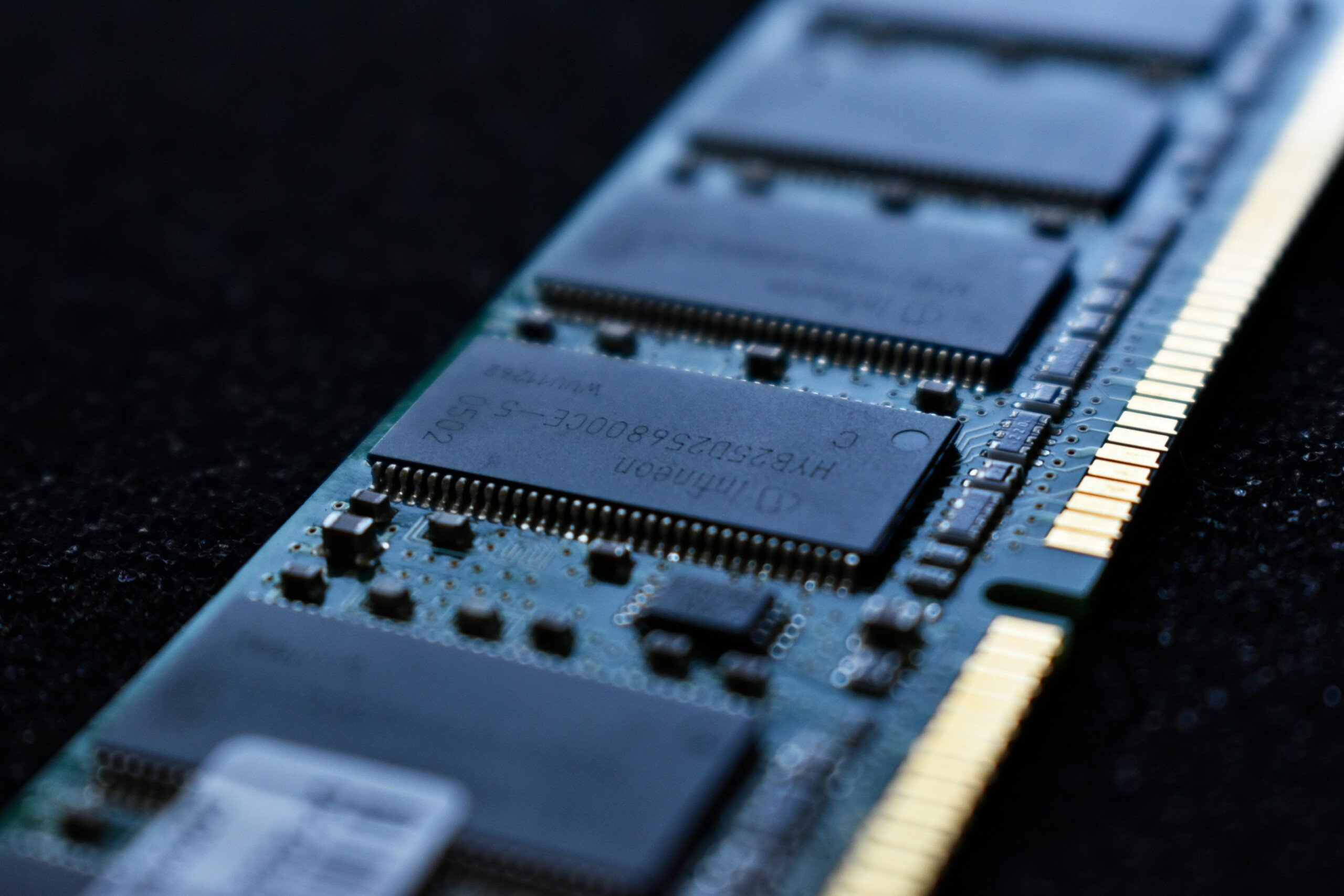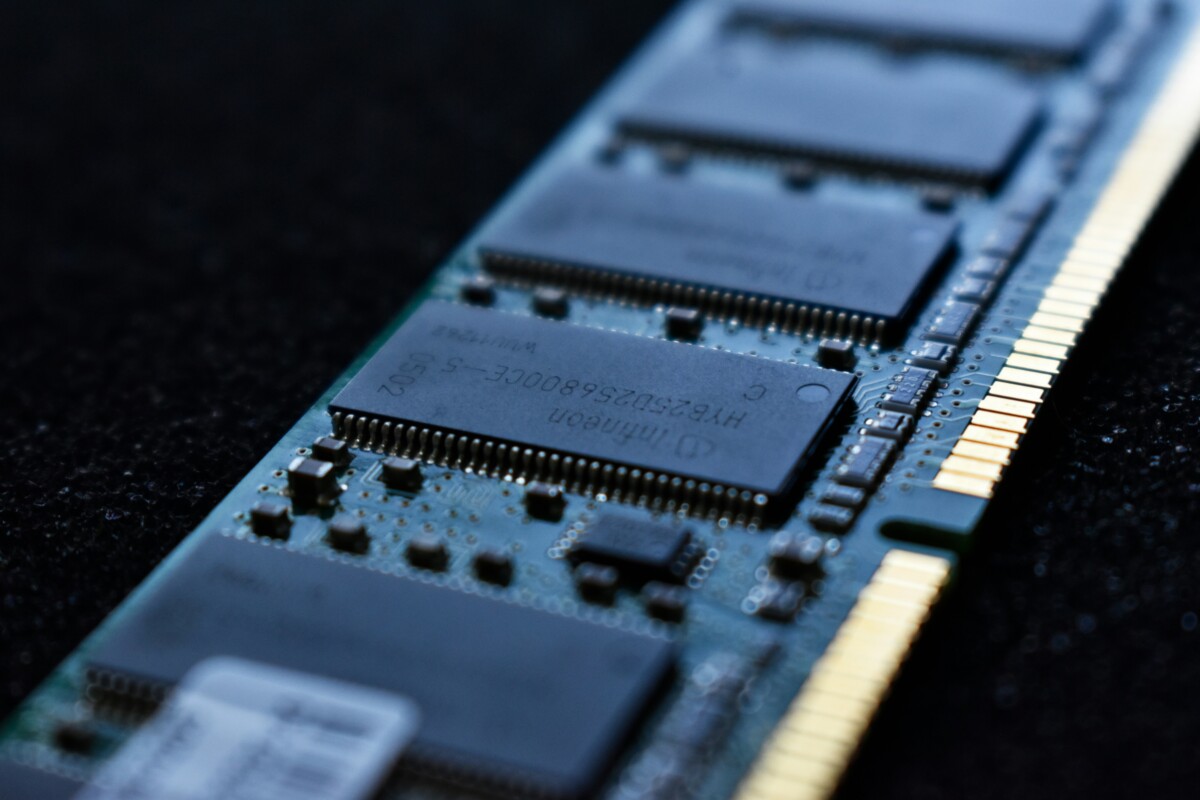Here are the configurations that Microsoft might need

Do you think you have a PC designed for AI calculations? This is definitely not the case. Microsoft may need an even more robust configuration with dedicated chips for artificial intelligence.

Remember, when Windows 11 launched in 2021, Microsoft introduced hardware requirements that made many older PCs obsolete.
With the integration of Copilot and artificial intelligence features into Windows, the hardware requirements are set to increase further.
At least 16 GB of RAM
According to Trendfocus, Microsoft predicts that AI-equipped PCs will be a must-haveAt least 16 GB of RAM. According to him, this will also significantly increase the sales of DRAM modules.
But the heart of this change lies in the need for a more efficient processor. AMD, Intel, Qualcomm… are already on the scene, with CPUs capable of handling AI tasks efficiently. These will be equipped with new processorsNeural Processor (NPU)Which is already a standard component in smartphones, designed specifically for AI calculations.
This technology will only be available in future generation processors from Intel and AMD. Thus, it is likely that initially, most users will not have access to a PC compatible with native AI as per the standards set by Microsoft.
40 tops, LPDDR5X…
TrendFocus mentions that Microsoft needs a computing capacity of at least 40 TOPS (Tera Operations Per Second) for these tasks.
Intel’s Meteor Lake was launched in December 2023 with a combined CPU+GPU+NPU power of 34 TOPS, which is not up to Microsoft’s standards.
Chips like Intel’s Lunar Lake, AMD’s Strix Point (Ryzen 8000), or Qualcomm’s upcoming Snapdragon X Elite (45 TOPS) can meet these requirements. The latter, in particular, may mark a shift in ARM’s historically limited use on Windows.
Among other requirements, it may also have support for LPDDR5x RAM. This new generation of memory can operate at higher clock speeds (eg, 7,500 MHz versus 4,800 MHz), another important factor for real-time AI calculations.
Windows 12 will be required
Here the emphasis is on processing and calculations carried out locally on machines rather than in the cloud. It is important to note that the advent of these next-generation computers does not necessarily herald the development of artificial intelligence. You noticed it.
Instead, they represent a way to carry out these AI tasks directly on the device, an option that is compatible with the commercialization potential of new computer models. Which should make Microsoft’s partners happy.
The interesting thing here is that this leads us directly Windows 12. Microsoft’s upcoming OS will focus on the integration of AI.





